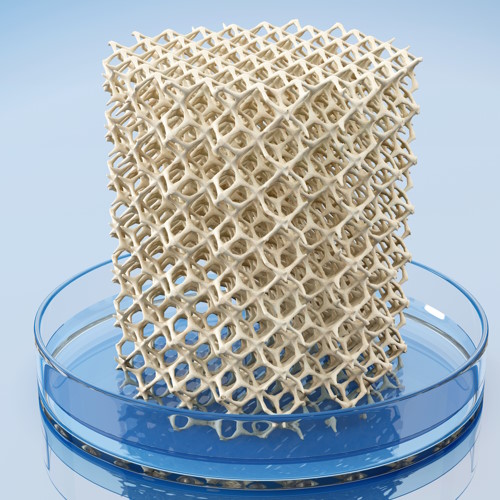Key points from article :
The 3D printing of medical devices and implants has skyrocketed in recent years, although FFF is rarely the technology used.
Researchers have 3D printed artificial cornea for corneal stromal transplantation.
Real treatment for repairing the corneal endothelial cells is a complete cornea transplant, because the human body is incapable of repairing on its own.
Biostability studies revealed that the composite structures were compatible with human stem cells, encouraging them to differentiate into stromal cells.
Team first combined chitosan and PVA to form a biocompatible, elastic, permeable-to-oxygen composite material for the corneas.
Results showed that the PVA corneas had the correct size and shape for precise light refraction.
Light transmittance values were found to decrease with additional chitosan content.
Research by Marmara University published in Science direct.






